2024 Home Remodeling and Renovation Trends
Contractors who provide home remodeling and renovation services understand that the industry is always changing. New technologies are regularly introduced that change the way construction work is done and new trends in what homeowners want for their homes lead to different requests from customers. In order for home remodeling, renovation, and restoration contractors to grow their businesses and keep getting good leads, they must stay up to date on the latest trends in the way construction work is done and in what homeowners want for their homes.
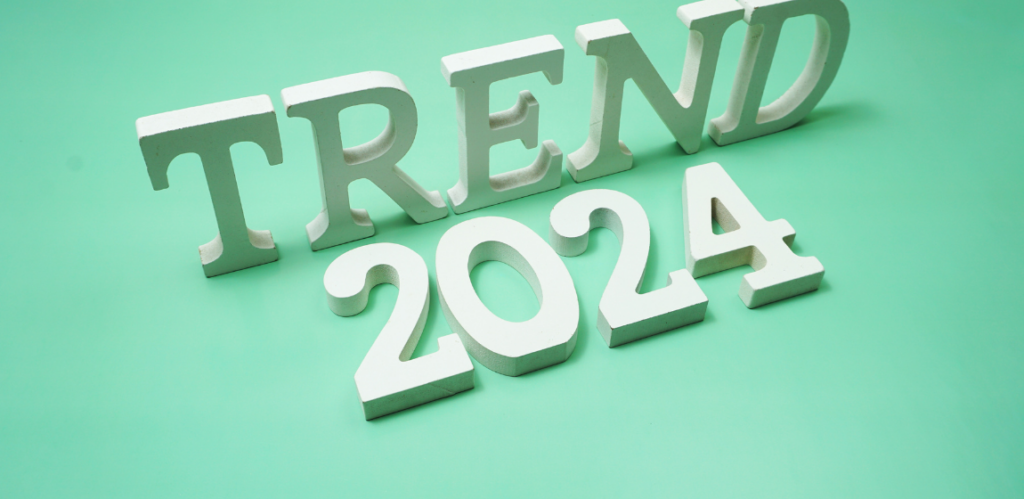
The end of the year is always a good time to consider the forecasted trends when it comes to home renovation and remodeling processes and home design. The holiday season is generally the start of the slow season for many contractors which gives them time to understand upcoming trends and prepare for the next busy season. In this guide, we will discuss the home remodeling and renovation trends you can expect in 2024 when it comes to renovation processes and technology as well as the desires of homeowners.
Understanding these new trends will help contractors adjust to incorporate new technologies that improve the quality of their work and gain a better understanding of what homeowners will want for renovations and remodels. Staying on top of the curve will also help you bring in more leads as you gear up for the busy season in 2024.
If you want to grow your business with more leads in 2024, RestorationMaster can help with our lead generation services.
Construction Industry Trends for 2024
The construction industry is one of the largest industries in the world but has historically been one of the slowest in terms of growth. This is beginning to change as new technologies are being incorporated into the processes of construction and remodeling contractors.
The following are important trends in the construction industry that are expected in 2024.
Virtual Design
More construction and remodeling contractors are using virtual design and construction (VDC) technology to build and visualize projects before the building begins. With this technology, virtual designs can be done on desktops and mobile devices that have the proper tools and software.
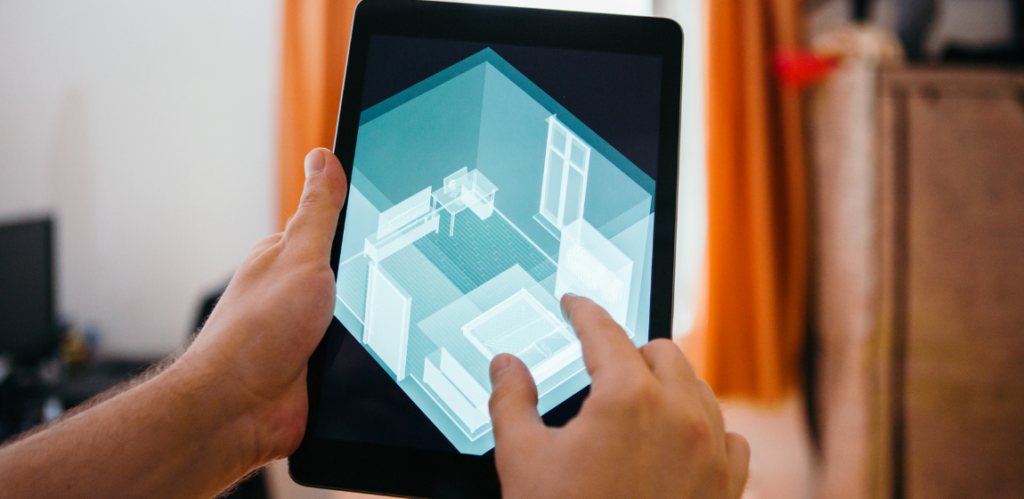
Incorporating VDC technology benefits contractors in a couple of different ways. Around 30 percent of construction industry costs are due to reworking incorrect or faulty builds. VDC technology helps prevent this and save costs by allowing contractors to design the build virtually and address any design issues that could lead to reworks. This technology also helps streamline the construction process by allowing construction managers to store and access the designs, blueprints, and related documents in one place.
Prefabrication and Modular Construction
The way homes and structures are built is changing due to the growing prevalence of modular construction and prefabrication. Modular construction is when between 60 and 90 percent of the building or structure is built before it is brought to the construction site. Prefabrication is a part of modular construction in which certain features of a structure are manufactured or assembled off-site.
The modular construction market has grown significantly in the past several years. Between 2015 and 2018, the modular construction industry’s share of new construction projects in North America increased by 51 percent, and the total revenue of the industry more than doubled over the same period. The worth of the global modular construction industry in 2022 was $91 billion and by 2024, it is expected to be worth $120 billion.
Modular construction and prefabrication are becoming more widely used because it can save costs, shorten the timeline of construction projects, and reduce waste. This method of construction is also better for certain types of buildings such as healthcare facilities and multifamily residential structures. Many contractors who have incorporated modular construction and prefabrication claim that these methods are more beneficial than traditional construction.
Green Building
Green building is the use environmentally friendly materials and sustainable construction and design processes to build homes and buildings that are environmentally sustainable. Green building methods are being implemented more in the construction industry as governments and regulatory bodies are putting more of an emphasis on environmental issues.
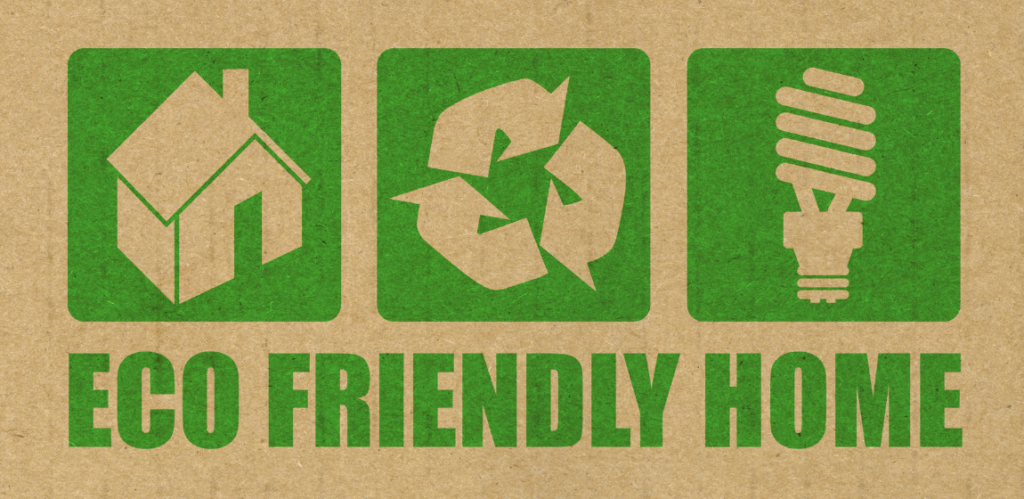
The use of green building techniques is particularly strong in the residential building market, including single-family homes and multi-family buildings. Green home builders also build energy efficient homes using energy efficient practices which helps cut down on the greenhouse gas emissions from building operations.
Drone Technology
The use of drone technology in construction can help make projects run more efficiently and cut down on wasted materials. The ability to measure building material stockpiles in real time has increased measurement accuracy by 61 percent. Drone usage can also help reduce worker injuries and deaths as they can be used to survey locations without putting any workers in danger. This has led to a significant increase in safety standards.
The construction industry is incorporating drone technology faster than other industries which means it will be more heavily used in the coming years.
Tech Solutions for Construction Safety Equipment
The construction industry is looking for solutions to help improve worker safety. Injuries from falls increased by 41 percent between 2011 and 2019 with the number of non-fatal injuries increasing 8 percent in the same period. Unfortunately, over 365 construction workers died from injuries in 2020.
The number of injuries and fatalities in the construction industry are leading to the use of tech to help improve safety equipment. One way this is happening is by upgrading safety helmets with tech to reduce impacts to the head and neck. Kinetix developed a suspension system that helps absorb impact away from the neck and spinal cord and reduces 40 percent more of the impact force than standard systems. There are also safety helmets being developed that include the medical information, emergency contact information, and location of the worker in the helmet.
Wearable devices are also being used more in construction to monitor the health of workers and help predict and prevent work injuries. These devices can monitor heart rate, sweat rate, activity level, and core body temperature, and the data can be seen in an app by the worker and their manager.
3D Printing
The use of 3D printing in construction is expected to increase in the coming years. 3D printing can be used for materials including concrete, fiber, sand, and geopolymers as well as biodegradable materials such as soil, mud, and straw. While 3D printing is mostly being used to manufacture building frames and walls, the technology will soon be advanced enough to be used for plumbing and electrical fixtures.
Increased use of 3D printing can benefit the construction industry in several ways. One major benefit is that it will save time as 3D printing can fabricate materials faster than humans, leading to reduced construction timelines. 3D printing also lowers costs as home and building features can be fabricated faster and cheaper and require less manpower to build.
Robotics and Automation
Robotics and automation are being integrated more into construction work to help reduce waste, boost productivity, improve safety, and close the workforce gap. There are already plenty of construction companies using automation and robotics and many more expect to introduce robotics in the next decade.
Robots are being used for a number of on-site and off-site tasks. One such task is tying rebar which requires workers to do repeated twisting movements with their hands and arms while bending over. Robots can be used to tie rebar at a rate that is 40 percent more productive than human labor. This also helps reduce injuries by eliminating the need to tie rebar manually. Marking layouts on concrete slabs at construction sites is also being done by robots more accurately and 10 times faster than humans. These robots can be managed easily through an interface on a connected tablet.
Home Renovation and Remodeling Trends for 2024
Remodeling and renovation contractors should be aware of the expected construction industry trends that could help make your work more efficient and cost-effective. Contractors should also anticipate upcoming trends in home renovations and remodels, so they are in a better position to serve their customers.
The following are the main home renovation and remodeling trends to expect in 2024.
Sustainable Upgrades
More homeowners are looking to make sustainable, eco-friendly upgrades to their homes. These include using sustainable materials for remodels and renovations and improving the energy efficiency of the home. Homeowners can save money on utility bills and increase the value of their home while decreasing their environmental footprint.
Smart Technology
Smart technology is becoming more popular in homes which means that more homeowners will want to incorporate smart technology into their remodels and renovations. This may include smart thermostats, lighting, appliances, and security systems that can be managed from a mobile app.
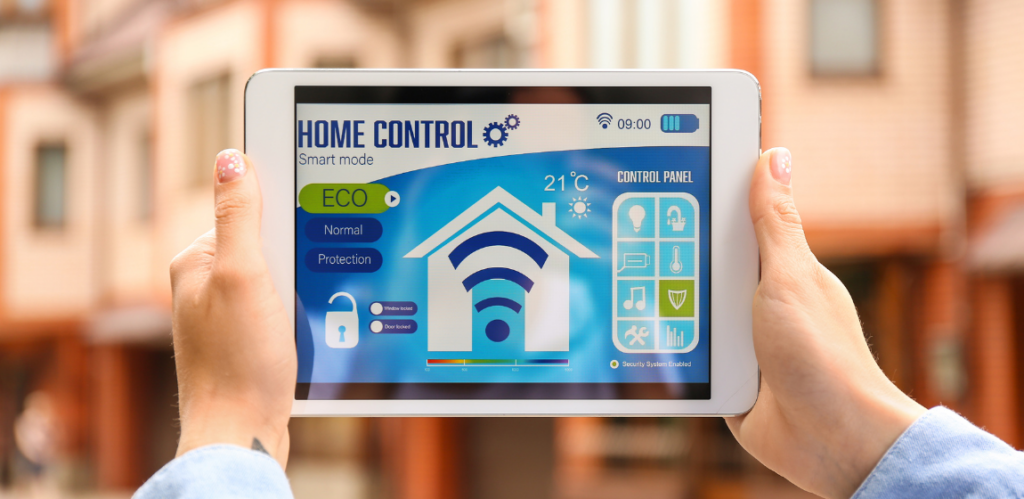
Multifunctional Spaces
More homeowners are seeking to transform areas of their homes into spaces that can be used for multiple purposes. This can be done by designing spaces to serve multiple purposes, such as home offices that are also guest bedrooms or laundry areas that are also home gyms. Converting spaces in a home into multifunctional spaces is a great way to improve the functionality of a home within the same footprint.
Warmer, Bolder Colors
In general, design trends are moving away from bland neutral colors and more towards warmer neutrals and bold colors. Commonly used neutral colors, such as white and gray tones, are going out of style and being replaced with warmer neutral colors like shades of beige, brown, and cream off-white. At the same time, bolder colors like blue are expected to be used more often to give more color to home interiors. Color drenching is another expected trend in which a different shade of the same color is used for each feature of a room.
Blending Kitchen Backsplashes
Tile backsplashes are traditionally used in kitchens, but the more modern appearance of slab backsplashes is becoming more popular. Some designers are giving the best of both styles by blending kitchen backsplashes. This includes using a slab for the backsplash and surrounding it with tile to blend the classic and modern look in kitchen designs.
Appliance Garages
Small kitchen appliances like coffee makers, toasters, and blenders can quickly clutter countertop space in the kitchen. Kitchen designs are increasingly using appliance garages, which are compartments or cabinets designed specifically to house countertop appliances. Incorporating appliance garages into kitchen designs and remodels saves counterspace and allows homeowners to incorporate more appliances into their kitchen without adding to the clutter.
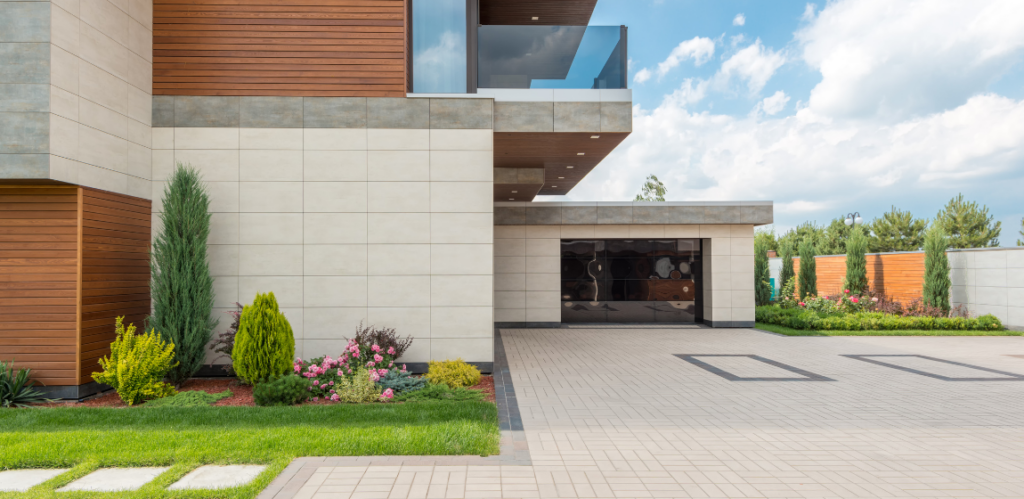
Traditional Styles and Materials
Homeowners have been requesting more traditional styles and materials in their remodels and renovations and this trend is expected to continue in 2024. The goal is to create a classic, timeless style by incorporating elements such as rustic wood, clay tiles, and exposed bricks.
Lead Generation Services for Contractors from RestorationMaster
As home remodeling, renovation, and restoration contractors prepare for the upcoming busy season and start booking projects, it is important for them to understand and consider 2024 trends in construction technology and methods as well as home renovation and remodeling trends. Incorporating new construction technologies into your processes can improve productivity and efficiency while cutting costs and reducing the risk of injuries. Knowing what to expect as far as remodeling and renovation trends will also help you adjust your offerings to better accommodate the desires of your customers.
Taking construction and remodeling trends into account to improve your services will help you get more leads and book more projects. If you want to boost your number of leads in the buildup to the busy season, you can work with RestorationMaster.
RestorationMaster is a lead generation service provider that generates quality, cost-effective leads for contractors that provide disaster restoration, renovation, and cleaning services. We generate leads through our highly optimized website RestorationMasterFinder.com that are sent directly to your business. Our geo-based website will generate leads within your service areas, and we offer exclusive territories, so you do not have to compete with other businesses for the same leads.
You can call RestorationMaster at (888) 846-1992 for more about how we can help you generate quality mold remediation leads and water damage leads.




